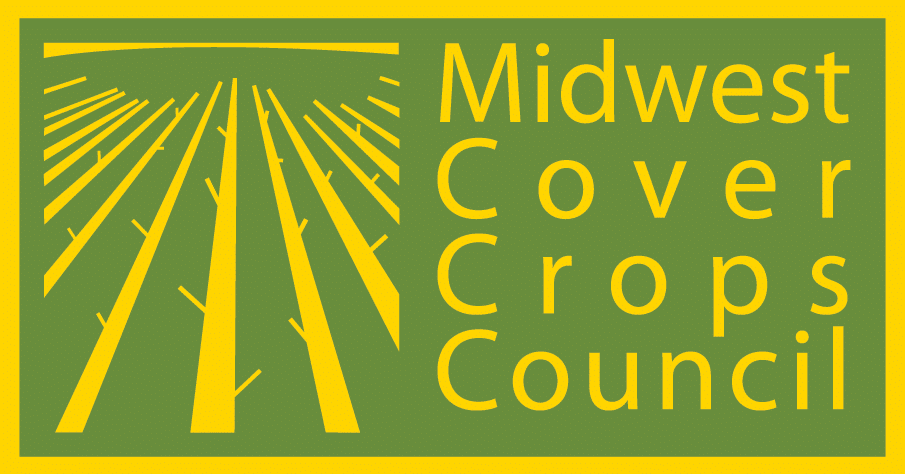Marisol Berti, Russ Gesch, Christina Eynck, James Anderson, Steven Cermak
Camelina is an annual oilseed crop in the Brassicaceae family that has been cultivated since 4000 BCE. Recently, interest in its oil, meal and the developed products has increased research in this crop. This renewed interest is evidenced by the tremendous increase in peer-reviewed publications containing the word ‘camelina’. Databases report 335 publications between 2013 and 2016, with 149 of those published since 2015. The objective of this review was to compile and summarize new and existing information in order to identify gaps in knowledge and areas for future research. This review includes the most recent publications in camelina description and origin, uses, genetics, genomics, breeding, molecular genetics, physiology, agronomic management, and ecosystem services. Although the breadth of research in camelina over the last few years is impressive, several areas that would benefit from further research were identified. The development of new uses and the refinement of existing uses from camelina oil and meal will continue to add value to this crop. Advances in genetics, breeding, and genomics will speed up the development of high yielding camelina cultivars, with improved seed quality as well as disease and insect resistance. Understanding and improving freezing tolerance in camelina will advance the use of winter camelina as a cover crop or cash cover crop in double and relay cropping systems. Better management practices and weed control alternatives will be needed to increase camelina production worldwide. Lastly, commercial development of camelina will add one more crop to the already low agricultural diversity in many parts of the world.
Article Citation: Marisol Berti, Russ Gesch, Christina Eynck, James Anderson, Steven Cermak, Camelina uses, genetics, genomics, production, and management, Industrial Crops and Products, Volume 94, 30 December 2016, Pages 690-710, ISSN 0926-6690, http://dx.doi.org/10.1016/j.indcrop.2016.09.034.
Science direct article here.
